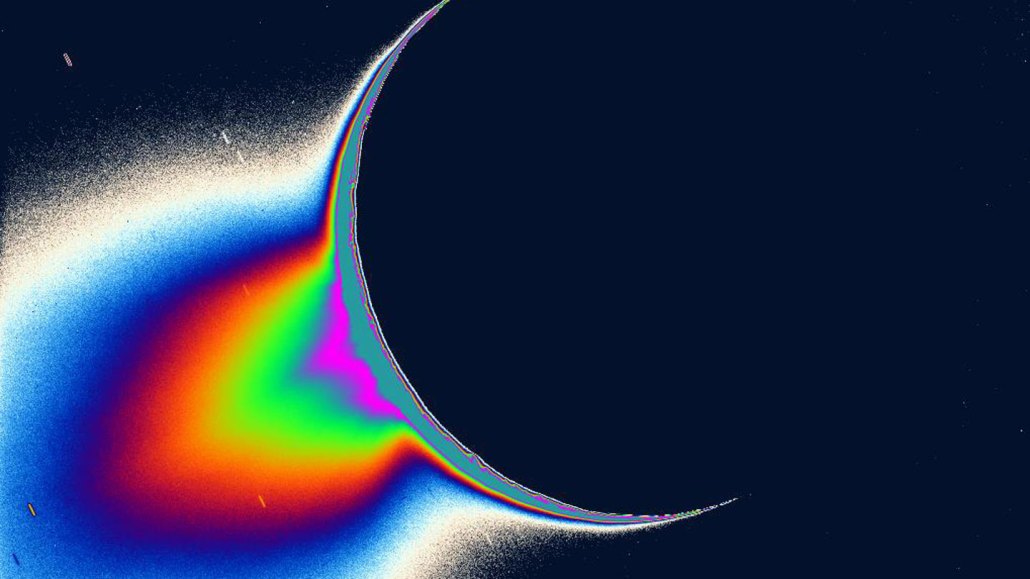JWST captured Enceladus’ plume spraying water nearly 10,000 kilometers into space
The distance is almost 19 times the diameter of the Saturn moon

Saturn’s icy moon Enceladus is famous for its watery plume, shown in this 2006 false-color image from NASA’s Cassini spacecraft. Thanks to the James Webb Space Telescope, researchers now have a better idea of how large the plume is and where its contents end up.
JPL-Caltech/NASA, Space Science Institute